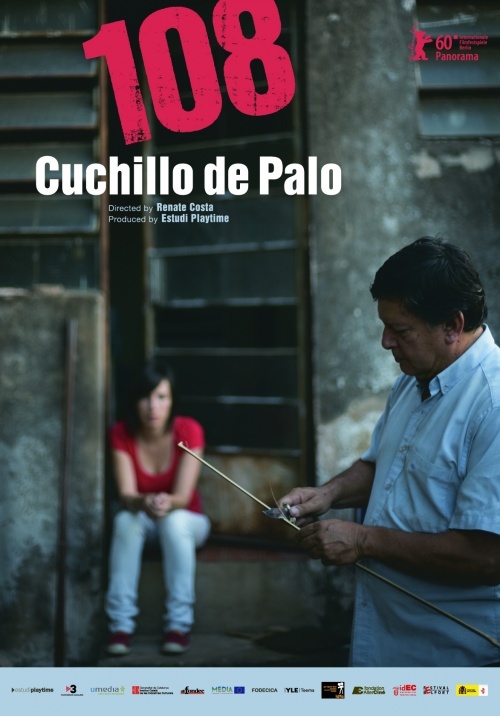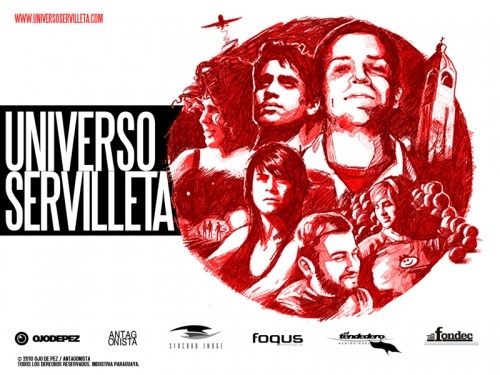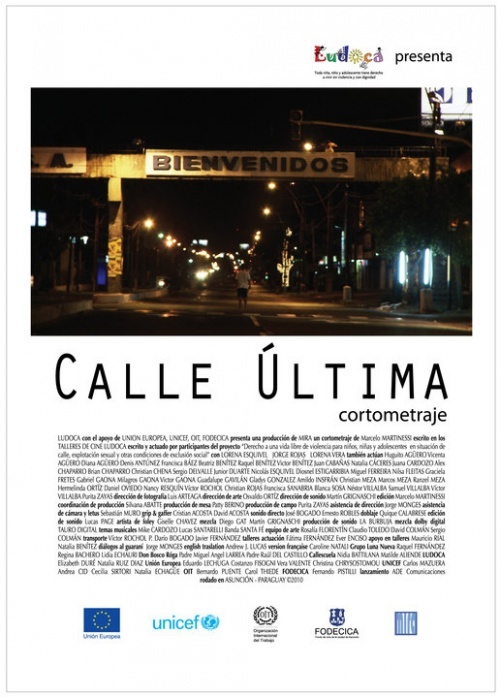



By Rose Stokes
Three words to describe Paraguayan national cinema? “Work in progress,” says Luis Aguirre, writer and director of Universo Servilleta/Napkin Universe (2010) and he makes a good point. Paraguay’s national cinematic output has been, up until very recently, virtually non existent. This can be attributed to many factors, the most obvious of which is the creative stranglehold suffered by the country at the hands of Alfredo Stroessner during his incredibly repressive (and recent) 35-year-long dictatorship. Paraguay struggled in the post Stroessner years to find its cinematic voice and to begin to generate a national film culture. Aguirre compares it to “the feeling you get when you wake up from a long sleep, it takes you some time to get moving again” which is understandable, after years of lying dormant, Paraguay’s national cinema didn’t know quite what to do with its new found liberty. But get moving it did, and now it’s sprinting towards the horizon at a pace which is difficult even for the most agile cinephile to keep up with.
The recent explosion in Paraguayan cinema has produced an array of exciting, diverse and dynamic films and projects all trying to grab the attention of cinema goers both inside and outside of the country. And with so much untouched subject matter dealing with past and present political and social issues, Paraguay’s cinematic gaze is spinning in all directions; backwards, forwards, around and around. It’s hardly surprising then to see films like Renate Costa’s Cuchillo de Palo/108 (2010), a documentary that confronts the mistreatment of homosexuals during the dictatorship, hitting international film festivals like a whirlwind, sweeping up numerous awards and critical acclaim in its path. In the same vein of politically committed cinema, we find Marcelo Martinessi’s short Calle Última/Ultima Street (2010), a film exploring the harsh reality faced by Asunción’s street children, which has also been well received outside of the country.
[1]
But Paraguay’s national film culture is not all politically motivated; that is just one of its many branches. Films like Aguirre’s Universo servilleta/ Napkin Universe (2010) and Marcelo Tolces-Asrilevich’s Dieciocho cigarillos y medio/ Eighteen and a Half Cigarettes (2011) are snapshots of contemporary Asunción which paint the city as vibrant and full of life whilst giving a face to its rapidly growing youth culture. In both cases the director manages to portray the Asunción of today as a rich combination of old and new, traditional and modern; a culture which has changed and evolved with modernity but which still retains its paraguayismo.
In truth, the most electrifying thing about this cinema is that it’s still in its infancy. There are multiple routes and options still left to be explored and uncovered. As Martinessi puts it, “it’s a cinema which is still deciding what it wants to be when it grows up,” and what could be more exciting than that? As a cinema goer in Paraguay, every time I set foot in another screening, the buzz is exhilarating; you never know what to expect and there is a real sense of excitement as everyone waits with bated breath to see the next offering. And what with Paraguay’s hand of talented directors, all intent on making their mark on this blank canvas, it seems the best is yet to come. So, Paraguayan cinema in three words? My answer is “watch this space”.







